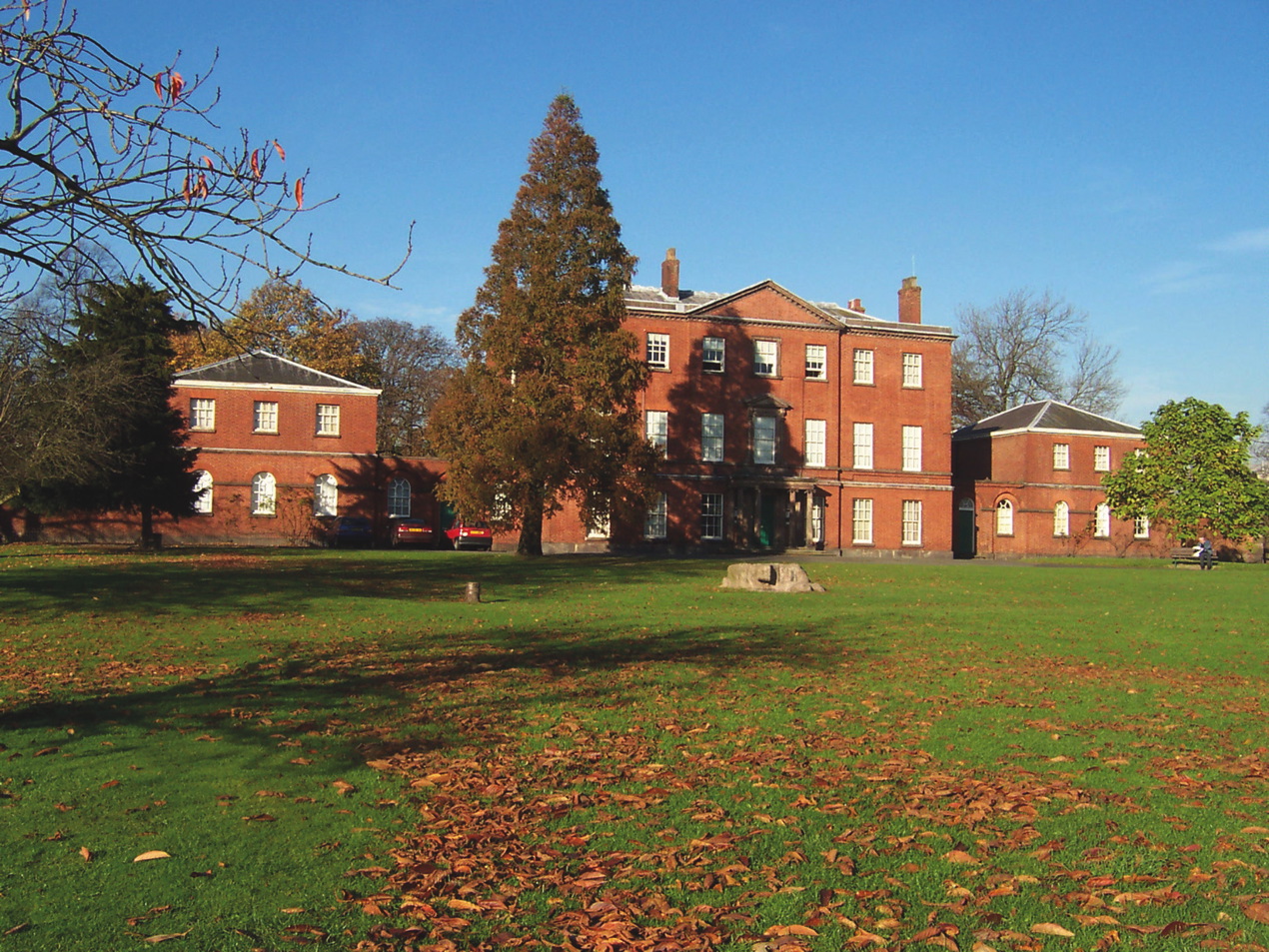Cut from a different cloth
Curator Liz Mitchell goes rummaging in the attic and brings to light Platt Hall’s West African textiles collection
Platt Hall is an 18th century house in Platt Fields Park, just south of Manchester city centre. Part of Manchester Art Gallery, it houses the city’s world-class collection of fashion and dress. Less well known is the collection of flat textiles that is also kept here.
In the attic at Platt Hall there are 12 boxes, containing 702 pieces of cloth. They are beautiful – checked and striped weaves in purples, greens, blues and reds, their colours still rich and deep over half a century after they were made. Some have delicate gold threads running through them that shimmer in the light. All were made locally, at Bentinck Mills, Farnworth. They were given to Manchester Art Gallery in 1954 by managing director Charles Sixsmith. They have been at Platt Hall ever since.
Also in the attic is a single box containing a smaller group of fabrics. Cotton lengths, indigo-dyed in a variety of patterns – stars, zigzags and stripes. These were donated 20 years earlier by another local manufacturer, Charles Beving. But they were not made locally. In the 1890s, Beving was an “Africa merchant”, travelling widely through West Africa, buying textiles. Much of his collection ended up in the British Museum, where it is regarded as one of the most important collections of African textiles in the UK. But a few pieces stayed in Manchester and are still here, in the attic.
Both collections are a legacy of Manchester’s once-thriving African textile trade. You couldn’t have bought a length of brightly coloured woven cloth from Bentinck Mills in the mid-century haberdashers or market stalls of Lancashire – it was all made for export. The history of British textile trade with Africa goes back to the 17th century and it reached its peak in the 1950s. Local hand-produced textiles were collected by traders such as Beving, brought back to the UK and used as source material for the production of cheaper machine-made cloth that was then sold back to African consumers. Such goods became known as Manchester cloth.
Buying and selling between the North West of England and the West African coast was a historically notorious trade route. The appropriation of cultural goods for the purpose of making money is an uncomfortable story, shot through with the legacies of transatlantic slavery and the European rush to conquer Africa*. There are other perspectives though – of African patronage underpinning Manchester’s economy and of African taste and design shaping European production. Through this lens, it’s a complex interweaving of cultural and commercial exchange and a redrawing of historical power relations.
Whatever your point of view, it’s a history that is held in the very brickwork of Platt Hall, built for a wealthy textile merchant in the 1760s. It underpins the topography of the whole city. And flows through to the present as we discuss the toppling of statues that evidence the systemic racism that still permeates society.
Our museums are full of such complicated things. What do we do with them? How do we make them useful, a tool in the work to combat racism? And who is “we”? In writing this I am conscious, perhaps as never before, that I am a white middle-class professional in an overwhelmingly white middle-class profession. It’s important to acknowledge and tease open the difficult histories that shape Britain’s cultural heritage. It’s important to challenge the normative identity of whiteness as part of the problem. But as a society we can’t do this in a meaningful way unless we also address the structures and systems that prevent equality of opportunity and multiplicity of voice.
Platt Hall is currently the focus of a project to create a new museum and creative space that promotes art as a tool for social change in its immediate neighbourhoods of Rusholme, Moss Side and Fallowfield. It’s a slow and evolving process, and these questions must be at the heart of it. For as writer Nesrine Malik warns, in the aftermath of a global moment of anti-racist protest, “we may discover that the only thing more detrimental to doing nothing is doing a tiny bit and then thinking that’s enough”.
For more information about the project Platt Hall Inbetween see platthall.org.

Leave a reply
Your email address will not be published.